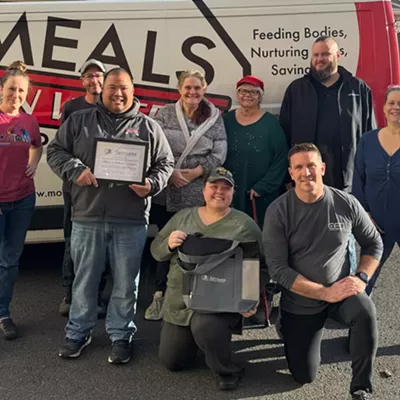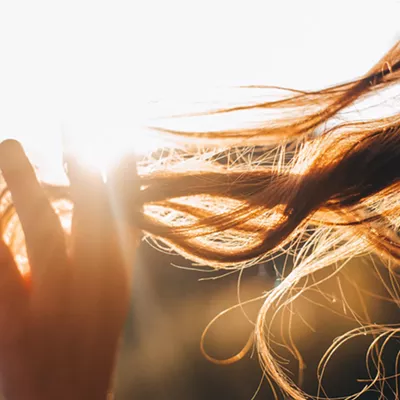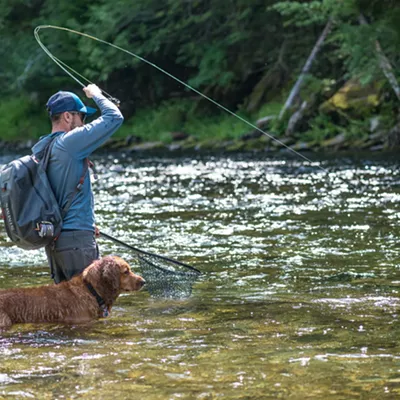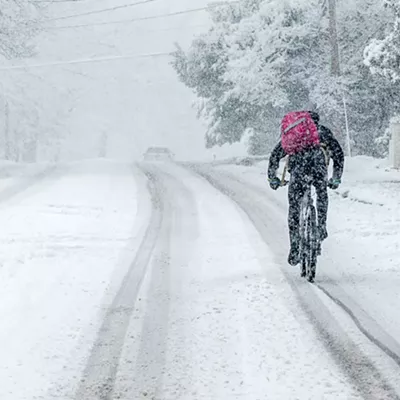
When the United States was first created, its founders guaranteed the fledgling nation’s citizens the freedom to worship in any way — and to any God — they wanted.
But for Native Americans, it took almost 200 years to secure that same right with the American Indian Religious Freedom Act. Toni Lodge, executive director for the NATIVE Project and NATIVE Health of Spokane, says she’s reminded of this “parallel universe” between Native Americans and every other American when it comes to health care.
“We weren’t allowed to practice our own religion until 1976,” she says. “Many assumed we had freedom of religion when we did not … It’s the same [with health care]. Many people assumed we had health care with [Indian Health Service, or IHS]. We did not.”
This year, all that changed.
When President Barack Obama signed the monumental Patient Protection and Affordable Care Act — colloquially known as health care reform — he immediately and forever re-authorized and expanded Indian health care, which had been stalled in Congress since 2001. The IHS was created in 1955.
“This is a life-changing piece of legislation,” Lodge says. “We’ve already seen a dramatic difference. The law was passed March 23. Within 30 days, we probably had a 30 percent increase in the resources we had.”
Some key points about the newly expanded service: IHS’s budget was immediately increased by 13 percent; the agency can now provide for hospice and long-term care; IHS was directed to create more sweeping behavioral health, prevention and treatment programs; Native Americans living off the reservation will have better access to IHS services, something sorely lacking before; and the agency will be able to enter into arrangements with other governmental bodies — such as the Department of Veterans Affairs — to share medical facilities and services.
Changes in institutional support are important. But getting rid of the disparity between Native American health and every other American’s health is the ultimate goal.
Native Americans die from tuberculosis at a rate 500 percent higher than everyone else. Diabetes afflicts almost twice as many Native Americans as non-Natives. And alcoholism kills five times more Native Americans than the rest of the nation’s citizens.
“I believe it is unacceptable that Native American communities still face gaping health care disparities,” Obama said after reform won Congress’ approval. “Our responsibility to provide health services to American Indians and Alaska Natives derives from the nation-to-nation relationship between the federal and tribal governments. And today, with this bill, we have taken a critical step in fulfilling that responsibility by modernizing the Indian health care system and improving access to health care for American Indians and Alaska Natives.”
Even without the provisions specific to Native American health, many say health care reform has made a huge difference for every Indian.
“Under health care reform itself, we’re thinking about 60 to 70 percent of all Native Americans will qualify for a health insurance plan,” says Andy Joseph, Jr., chair of the Human Services Committee for the Colville Business Council. Joseph also chairs the Northwest Portland Area Indian Health Board, which represents 43 tribes in the Pacific Northwest.
“I think every [Native American] will see their life improve with this,” Joseph continues. “I think every American will see something in this bill that will benefit them.”
When he first joined the tribal council, Joseph says he was stunned his tribe couldn’t “help out with the elders [in our retirement center].” Back then, IHS couldn’t provide any funding for that type of care. Not so anymore. Now IHS can fund hospice, assisted living and long-term care as well as home and community care.
“It just wasn’t part of the responsibilities of IHS,” Joseph says. “So now they’re going to have to look at how to help out with long-term care.”
For Lodge, whose clinic is in the heart of Spokane, it’s the simple fact that funding for Native American health care will be allowed to go toward facilities and services off the reservation that makes her the most excited.
“Seventy percent of Indian people in the U.S. live off the rez, but non-rez clinics got just one percent of the funding,” she says. Again, not the case anymore.
“We’ve been doing things right for years. We just didn’t have the funding,” Lodge says. With the new law, the funding is secured. “We don’t have a lot, but we have way more [now]. I don’t have to worry every year if Congress is going to shut us down. We are in a permanent place of being.”



















